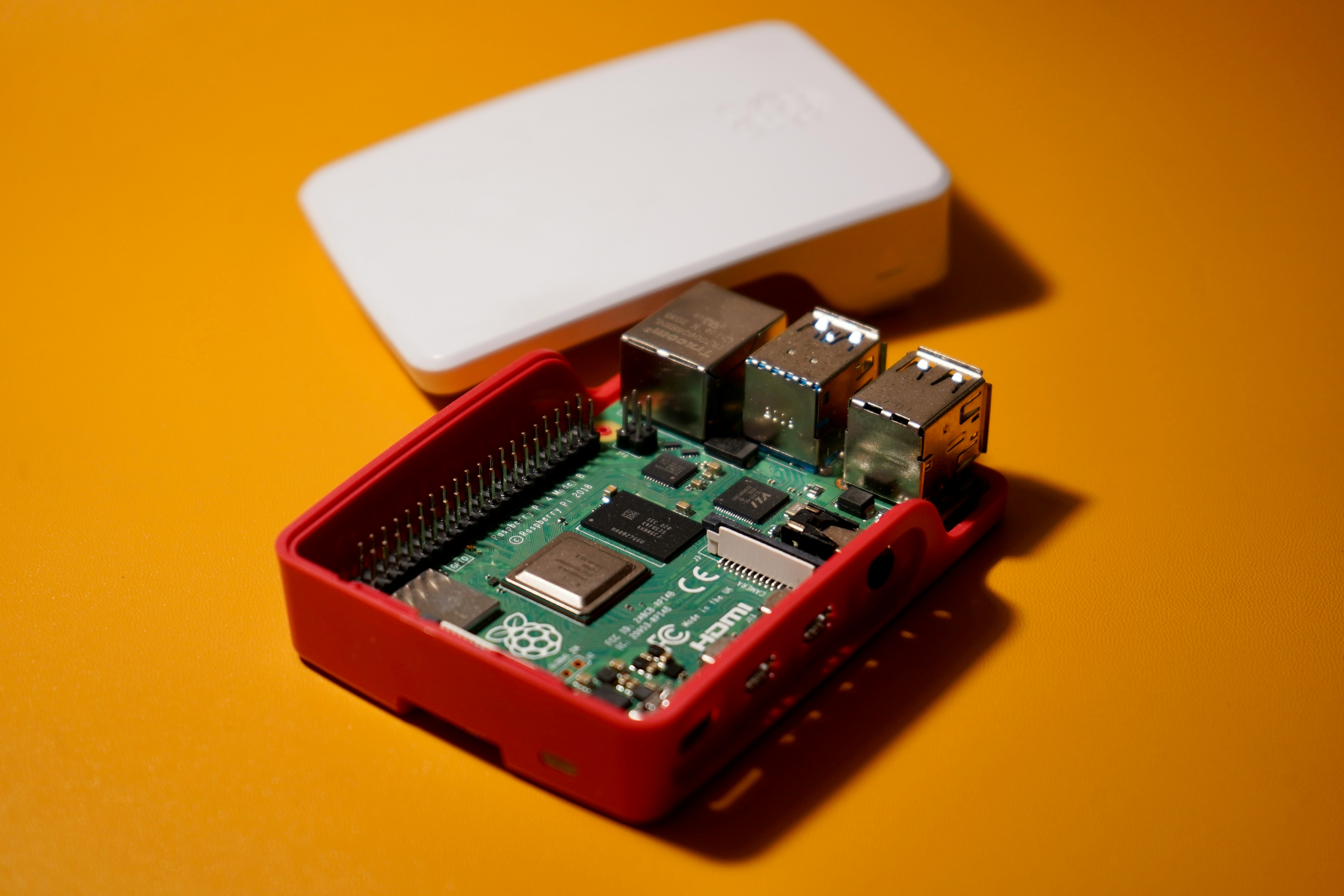Shrinking Worlds: Exploring MicroActuators and Their Revamped Applications in Tech Landscape
Complexities reduced to the scale of a micro world. Behold, the futuristic yet tangible realm of microactuators. These devices, once exclusive to the scientific community, are becoming household names within the tech industry.

In the Beginnings
Microactuators, tiny devices responsible for converting energy into motion, were first developed in the 20th century for applications in avionic systems. However, it was only in the 1980s that microactuator technology took a leap forward with advances in MicroElectroMechanical Systems (MEMS). Back then, the goal was mainly to miniaturize existing hardware to improve performance and reduce costs. Today, the focus has shifted considerably from purely ‘shrinking’ approaches to the engineering of novel systems exhibiting unprecedented functionality.
Current Tech Applications
In the 21st century, we can easily find microactuators quietly influencing our everyday lives. In mobile technology, for example, microactuators provide haptics—the real-feeling touch mechanics, allowing us to connect physically with our touch-screen devices. In the medical field, MEMS has revolutionized diagnosis and care, with flexible microactuators now used in smart implants and surgical robotics.
When it comes to the Internet of Things (IoT), microactuators are driving industry growth and shaping the future of smart homes. Small but mighty, these devices are enabling smarter, more precise, and energy-efficient systems, facilitating real-time, integrated control over household devices.
Moving the Market
The market impact of microactuators is not just significant; it’s transformative. With a projected market value of $22.8 billion by 2026, the microactuator industry is revolutionizing major sectors, from medicine to military to consumer electronics. Each development in this tech aims to deliver increased precision, smaller footprint, and improved power efficiency. Devices that once needed significant resources to operate are now being miniaturized, reshaping costs and price points for technology across the board.
Research-based Predictions
According to a study published in the Journal of Applied Physics, the next generation of microactuators will likely be even more liquid, flexible, and responsive. This prediction is exciting not just for the potential to enhance existing tech, but also to open doors to new applications we can’t currently fathom. Imagine a future where precise bio-implants can monitor and respond to your health in real-time, or personalized consumer electronics that shape-shift to fit your changing needs.
Towards the Future
Within the tech industry, the rise of microactuators exemplifies a broader trend towards greater efficiency, responsiveness, and detail. This trend is ushering in a new era of intimate, interconnected technologies that are personalized, adaptable, and able to respond to our needs with precision. As microactuators become more deeply embedded in our everyday lives and well-known industries, there is no doubt that these mighty little movers will continue to pack a serious punch in the technology landscape.
Shrinking in size yet expanding in capabilities and applications, microactuators prove that big things indeed come in small packages—in this case, in the billionth of a meter small. As we come to terms with this new wave of the micro-revolution, let’s not shy away from the myriad of possibilities offered by these micro marvels. After all, the future is microscopic.




